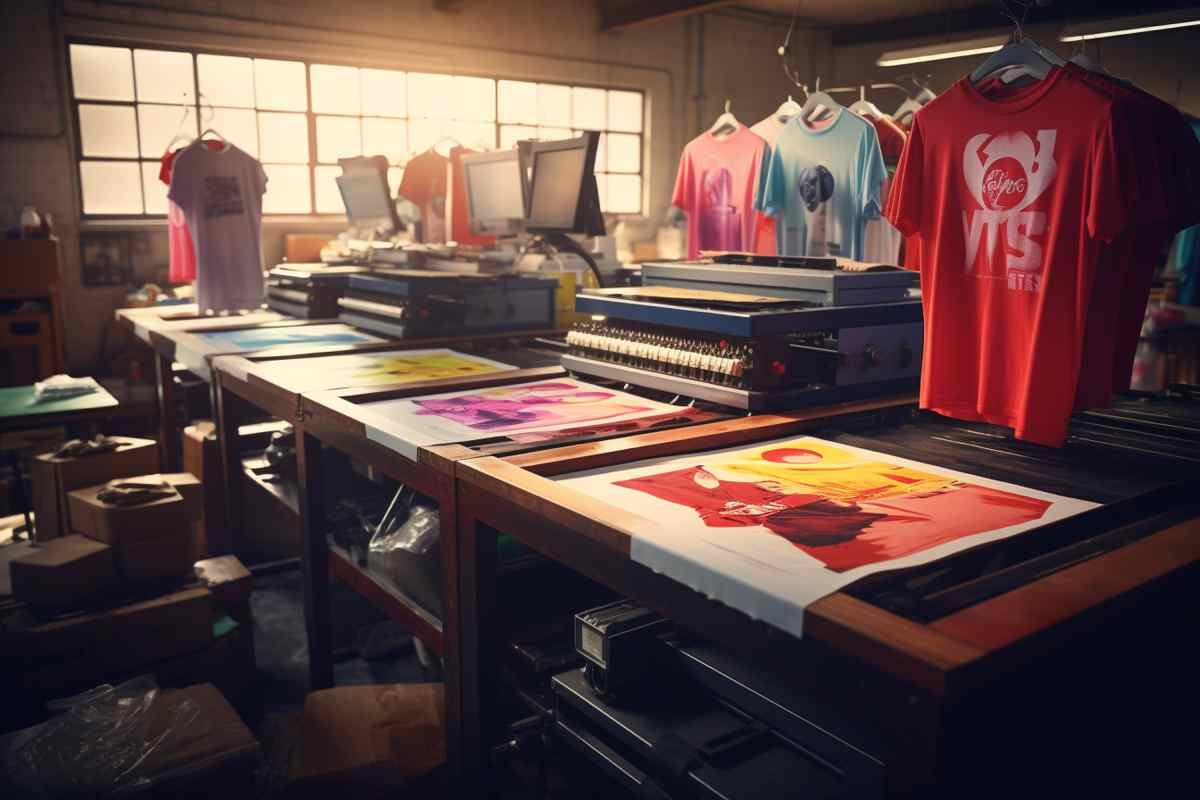
Selecting DTF Inks for Vibrant Transfers
DTF Supplies Build Print Foundations
Successful garment decoration starts with dependable dtf supplies. Each element in the transfer process plays a unique role in achieving brilliant high quality results. Among the most crucial dtf supplies are the inks themselves as they define the color strength detail and longevity of your print. Inks that are not properly matched to your printer powder and film can create uneven colors clogged nozzles and weak bonding. Making informed ink choices helps maximize efficiency and deliver consistent results.
DTF Powders Must Match Ink Chemistry
For the ink to bind properly dtf powders must adhere to the printed surface and melt evenly into the fabric during pressing. The effectiveness of dtf powders is determined by how well they respond to the ink’s viscosity and drying speed. If the ink dries too quickly or lacks the right tack the powder won’t stick. Alternatively if the ink is too wet or runny the powder may clump or melt unevenly. Choosing inks that perform reliably with your chosen powder ensures smoother workflows and stronger adhesion.
DTF Films Hold and Release Ink
The printable surface of dtf films directly influences how well your ink behaves during application. Coated films must interact with dtf inks in a way that allows smooth droplet formation quick drying and even distribution. If the ink fails to settle correctly it can cause pooling smudging or distorted outlines. Selecting compatible film and ink combinations helps your designs stay clean during printing and peel cleanly after pressing producing sharp high definition transfers every time.
DTF Inks Drive Color Accuracy
To achieve the brightest boldest prints your dtf inks must offer high pigment density and accurate color profiling. Poor quality dtf inks may appear dull thin or uneven after curing. They may also fade more quickly over time or show cracks after a few washes. In contrast premium inks are designed to retain vibrancy across various fabrics while resisting environmental stress. This consistency ensures that every print reflects the original design and meets customer expectations for quality and durability.
DTF Supplies Must Be Calibrated Together
All dtf supplies including inks powders and films should be selected as a compatible system. Mixing brands or using non recommended combinations can lead to inconsistencies in output and unexpected maintenance issues. When dtf supplies are calibrated to each other the results are more predictable with improved adhesion smoother gradients and minimal waste. Many manufacturers test and recommend complete kits to streamline setup and avoid compatibility concerns during production.
DTF Powders Require Consistent Ink Output
For dtf powders to coat evenly across the print surface the ink must be deposited consistently and accurately. Inconsistent jetting or uneven flow from the printhead causes blotchy areas where powder fails to bind properly. Selecting dtf inks with balanced viscosity and nozzle compatibility ensures steady ink release with fewer pauses and clogs. This translates to reliable powder bonding stronger final transfers and less rework during high volume printing jobs.
DTF Films and Inks Define Transfer Quality
The interaction between dtf films and dtf inks is a deciding factor in transfer sharpness and finish. Inks must flow smoothly onto the film without over saturation while the film must hold the image intact during curing. If the film absorbs ink unevenly or releases poorly during peeling your design may blur or tear. Choosing quality films that match the ink profile helps protect image resolution and enables faster cleaner production lines with minimal error rates.
Conclusion
To achieve professional transfer results you must choose dtf inks that are engineered for compatibility color fidelity and long lasting performance. These inks should match your dtf powders and dtf films to ensure adhesion consistency and print accuracy. By investing in high grade dtf supplies and maintaining careful handling you create vibrant prints that last through repeated washing and handling. Ink selection is not just a technical step but a creative decision that defines the quality your business delivers with every press.
Frequently Asked Questions
-
What makes DTF ink different from regular ink
DTF ink is pigment based and formulated for PET film compatibility -
Can I use DTF ink in any printer
No only printers modified or built for DTF printing can use these inks -
Do I need white ink for all jobs
Yes white ink provides the base for printing on dark or colored garments -
How do I store DTF inks
Store in cool dry conditions sealed upright and shake before use -
What causes ink to clog the printhead
Expired thickened ink or inconsistent temperature may lead to clogs -
Should I use ICC profiles with my inks
Yes using ICC profiles ensures color accuracy and printing consistency -
How long does DTF ink last on fabric
When properly applied it lasts for over 50 washes without fading -
Can I mix different brands of ink
Mixing brands is not recommended due to formula incompatibilities -
What’s the ideal drying time for ink
Ink should dry quickly but remain tacky enough for powder adhesion -
How often should I clean the ink lines
Weekly maintenance is suggested to prevent buildup and ensure flow